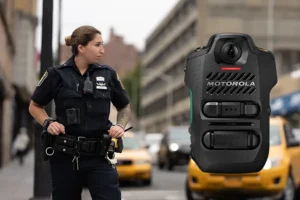
SVX Video Remote Speaker Microphone
Leave tangled wires in the past. Wireless connectivity and a ruggedized design give you complete flexibility, in movement and device mounting options alike.

Leave tangled wires in the past. Wireless connectivity and a ruggedized design give you complete flexibility, in movement and device mounting options alike.
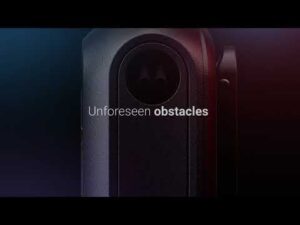
Motorola Solutions V200 body camera is designed specifically to help protect frontline workers in stores, hospitals, hotels, schools and stadiums.
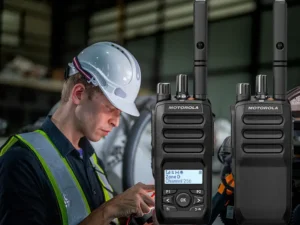
Get a $750 discount when you trade-up to MOTOTRBO R5 portable two-way radios.
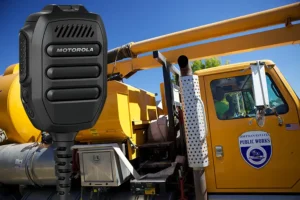
Your fleet needs to communicate without delay and it is essential that they can hear clearly and be heard clearly, especially in loud environments.
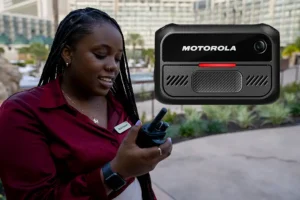
Designed with customer feedback, the V200 serves as a guardian with an intuitive design and escalation options for immediate support to your customer-facing employees.
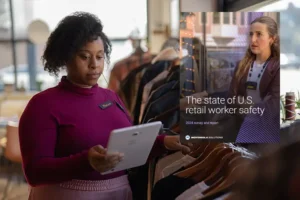
Safety and security remain critical for the retail industry, with one in four workers considering leaving their jobs because of safety concerns. Despite the well-documented
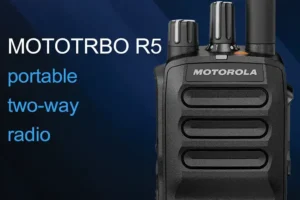
Motorola Solutions has announced the release of the MOTOTRBO R5 portable two-way radio.

The Mag One Motorola BPR 50dX is a versatile and high-performing device for your business workforce.
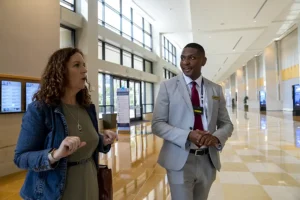
Creating safer hospitality Resorts and hotels nationwide have always prioritized guest experience, and this begins with another top priority — safety across sites. Today’s staff
We pride our reputation on superior system design, installation, and support, making Telecom Communications, Inc. a leader in wireless communications services.
To better serve our customers, we have two locations in Long Island and Manhattan.
Get the latest news and promotions from Motorola. Sign-up to receive our newsletter.Please enter your email addresss below.